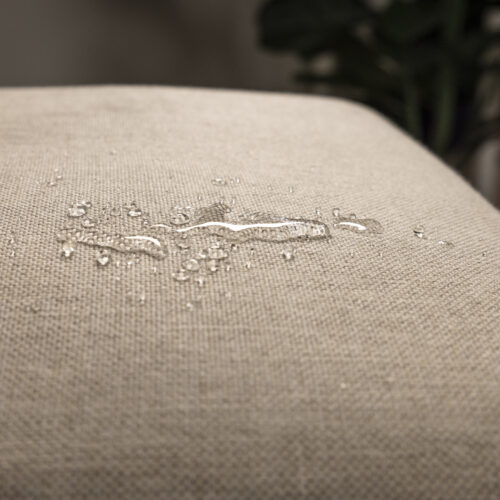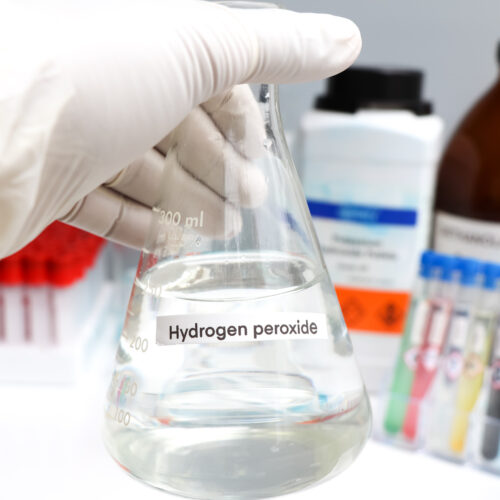August 21st, 2018 | Charts & Guides
By: Melissa Pandika 22.08.13
What gives carbonated drinks their zesty bite? Bubbles might be your first guess — but you’d be wrong.
In fact, bubbles aren’t needed to experience the burning sensation, but they do enhance it, according to a study published Wednesday in the journal PLOS One. The secret behind soda’s sharp taste is the acid that forms on your tongue when you take a sip.
Carbonated beverages are produced by dissolving carbon dioxide in liquid, typically under high pressure. Popping open a can or bottle of the liquid reduces that pressure, releasing the carbon dioxide in the form of bubbles. Enzymes in the mouth convert the carbon dioxide into carbonic acid. The acid stimulates nerve endings, activating pain mechanisms that cause a mild irritation, or “bite.”
The earliest clues that carbonic acid, not bubbles, were responsible for this sensation came from mountaineers’ accounts of the “champagne blues.” After pouring a bottle of celebratory champagne at the summit, mountaineers who had taken medication for altitude sickness disappointedly remarked on the drink’s flat taste — despite its fizziness. It turns out the medication blocked the enzyme that converts carbon dioxide into carbonic acid.
Still, popular belief continued to hold that the bubbles were primarily responsible. To settle the debate, scientists at the Monell Chemical Senses Center in Philadelphia took advantage of the inability of bubbles to form above a certain pressure level.
The researchers seated 12 healthy adults in a pressurized chamber and asked them to rate the bite intensity of carbonated water once while under normal pressure — at which bubbles could still form — and a second time at higher pressure — at which bubbles didn’t form. They saw no difference in the bite ratings reported in the two conditions.
“Clearly, the bubbles are not required for the perception of carbonation bite,” the researchers wrote.
But the bubbles may have still influenced that perception. Earlier studies have shown that light touch can soothe pain — much like how rubbing a mosquito bite can relieve itching — so the researchers expected the bubbles to suppress the sting of carbonation.
To test their hypothesis, they asked 11 adults to rate the bite intensity of carbonated water when a filter pumped bubbles just below their tongues and again when another filter pumped the bubbles from further away.
To the scientists’ surprise, the volunteers rated the bite as stronger when the bubbles were directly hitting their tongues — suggesting that bubbles enhance the bite of carbonated drinks.
But how the bubbles do this remains a mystery. Perhaps they “stir” the liquid in the mouth, continually drawing in fresh carbon dioxide to convert into carbonic acid, said Paul Wise, a sensory psychologist who led the study.
“If the bubbles are increasing pain, why do people like carbonated drinks so much?” said Earl Carstens, a neurobiologist at UC Davis who wasn’t involved in the study. “It’s a really interesting question that relates to the entire food industry,” including spicy foods, which have become increasingly popular in the U.S. over the last decade.
However, it’s also possible that sugar or some other ingredient in carbonated drinks may be suppressing their bite, he said.
The new findings could “open up opportunities” for food and beverage companies to manipulate their products for people who have a reduced sense of taste, such as HIV patients and the elderly, Wise said. “Maybe you could make up for that [loss] by enhancing some of the other components,” such as smell and color, he said.
Companies could also improve the flavor of vital nutrient sources, such as potassium chloride, a substitute for table salt that many complain of having a metallic taste, he added.
“Flavor is a complex interaction between taste, smell, touch, pain, sound and visual aspects,” Wise said. “If we can understand how those interact, we can tweak some of them to create a more desirable flavor profile.”

Dive into the world of urine decontamination on carpets and hard floors with our latest webinar recording! Gain insights into [...]
Read more
FIBRE & FABRIC PROTECTION MANUAL For further information including the abilities and limitations of fibre & fabric protection treatments. DOWNLOAD [...]
Read more
Explore the power of hydrogen peroxide in our webinar recording! Discover its myriad of benefits in cleaning and disinfecting, along [...]
Read more
Explore the secret formula for achieving exceptional cleaning results in our recorded webinar, “The Cleaning Pie.” Whether you’re a [...]
Read more